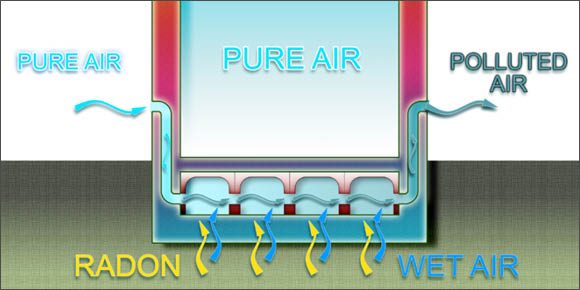5 Things You Need to Know About Radon

1. What it is
Radon gas is a colorless, odorless and tasteless radioactive gas formed by the breakdown of uranium, a natural radioactive material found in soil, rock and groundwater.
2. Why it’s important
It is the second leading cause of lung cancer after smoking. In the U.S., the EPA estimates that about 21,000 lung cancer deaths each year are radon-related.
3. The risk of radon in the home
Nearly 1 out of every 15 homes in the United States and Canada is estimated to have an elevated radon level.
4. How radon gets in the home
When radon is released from the ground into the outdoor air, it gets diluted to low concentrations and is not a concern. Within homes, it typically moves up through the flooring system and other openings between the ground and living spaces. Your home traps radon inside, where it can build up. Any home may have a radon problem—this means new and old homes, well-sealed and drafty homes, and homes with or without basements.
5. What to do about it
Radon testing is the only way to know if you and your family are at risk from radon. Testing takes approximately two to three days. Results are interpreted and the report is sent directly to the client.
This article was provided by Pillar To Post home inspectors. For more information, go to pillartopost.com/radon.







